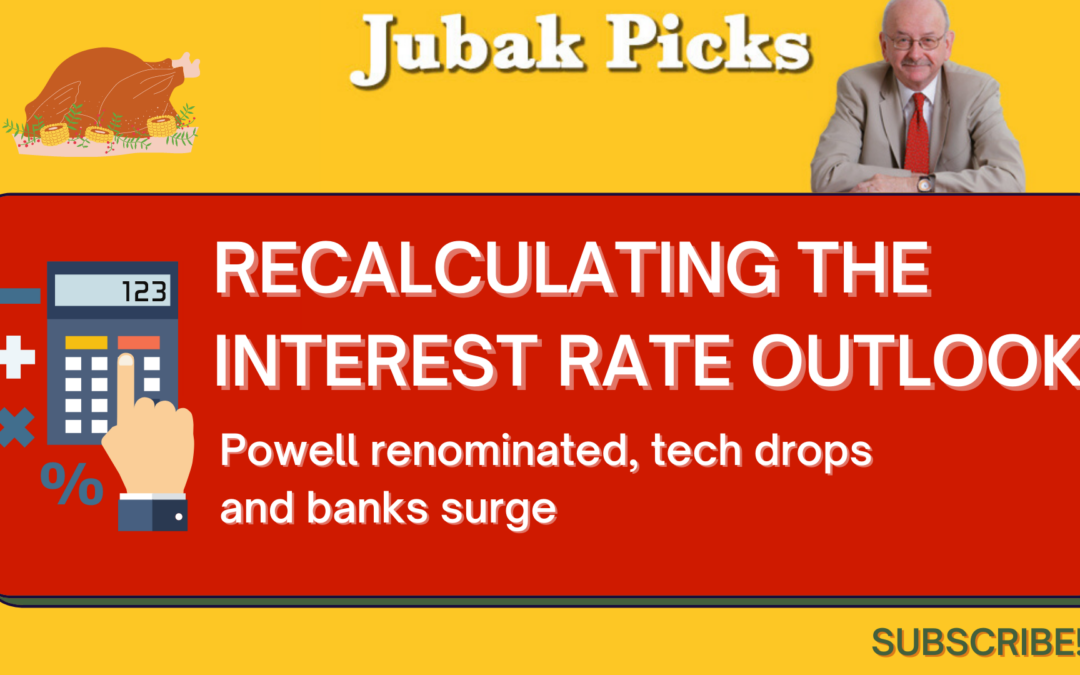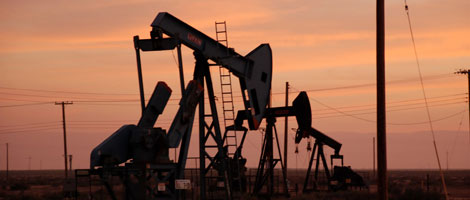Mid Term

January 2, 2022 | Daily JAM, FXI, Mid Term, Perfect Five-ETFs, TCEHY, Top 50 Stocks |
In other years this would clearly be the time to jump into China stocks. What we have right now is a classic, tried-and-true set up for big gains from buying China stocks. With a “but” or two that suggests a cautious strategy. But I will be buying shares of Tencent Holdings and the FXI ETF on Monday, January 3.

December 16, 2021 | Daily JAM, Mid Term |
Looking ahead at 2022, it’s not too hard to list the forces that will drive the financial markets. Putting those forces together and blocking out a schedule for their effects on the stock market. Well, that’s a lot harder. But let me try. Here’s my take on what’s ahead for 2022–Part 1 anyway

December 14, 2021 | Daily JAM, Dip-O-Meter, Mid Term |
If not now, when?
When I checked the prices on the 25 stocks I’m tracking in my Dip-O-Meter at the close on December 10, a substantial group had dropped from the November 28 price. Nvidia (NVDA), for example had moved down to $301.98 from $315.03 on November 28. Advanced Micro Devices (AMD) was down to $138.55 from $154.81. Tesla (TSLA) had retreated to $1017.03 from $1081.92 on November 28. Time to buy? Not yet, in my opinion. And how about for other stocks in my 25 buy on the dip candidates?

December 12, 2021 | Daily JAM, Friday Trick or Trend, Mid Term |
In late November non-resident cash flows to emerging market assets, excluding China, turned negative for the first time since March 2020 and the Pandemic global economic dip, according to the Institute of International Finance.

December 7, 2021 | Daily JAM, Mid Term |
Lags are one of the toughest things to get right in figuring out how the economy operates and where it’s headed. For the last half of 2021 as the big Pandemic stimulus cash flows first fell and then dried up completely, economists have been looking for signs of a slowdown in consumer spending. But the slowdown has been slow to arrive–thanks mostly to the fact that many consumers saved a large percentage of that stimulus cash. Now, finally, it looks like consumers are drawing down those savings balances and that the savings rate is headed back to something like its historical norm.

December 4, 2021 | Daily JAM, Mid Term |
Expect the the debate to go on. Are we seeing a top for this extraordinary rally? Are stocks headed to their first correction since dinosaurs walked the earth? (Actually stocks had their last 10% correction in February 2020 but almost nobody remembers because it didn’t last very long and soon stocks were on their way to infinity and beyond.) And will this correction be led by technology stocks, the stars of the last rally? Or is the huge and very quick drop in technology stocks and the smaller but still significant fall in a wider index such as the Standard and Poor’s 500 merely a rotation from one sector into another? For the record, as of the close on Friday, December 3, the S&P 500 was down 3.47% from its November 24 high. The NASDAQ Composite, with its heavier weighting in technology, was down 6.05% from its November 11 high.

November 23, 2021 | Daily JAM, Mid Term, Videos |
I’m starting up my videos on JubakAM.com again–this time using YouTube as a platform. My seventy-second YouTube video “Recalculating the interest rate outlook for 2022” went up today.

November 17, 2021 | AMAT, AMD, Daily JAM, F, Mid Term, QCOM, Special Reports |
Tolstoy was wrong when he wrote at the beginning of Anna Karenina that “All happy stock markets are alike; each unhappy market is unhappy in its own way.” (That’s what it says in the original Russian, I swear.) Truth is that all happy stock markets are different.
There are the long rallies from valuation bottoms that come after a disaster like the Global Financial Crisis and the Great Recession. There are the sharp quick explosive moves higher that come after the passing of a panic with less damage than expected like that after the Pandemic meltdown in the spring of 2020. And, among all the other happy markets, there are the market melt ups that come after a long bull market has already driven valuations to nose-bleed levels. Sometimes that melt up turns out to be the final blow out stage that comes before a big correction–but not always. And sometimes the melt up just drives stocks to a high where they stagnate while fundamentals catch up with prices. I believe we’re in the midst of a market melt up now. In this Special Report I’m going to outline the ways in which this “happy” market is different; give you advice on how to adapt this rally to your portfolio goals; and finally give you 10 picks for profiting from this melt-up.

November 16, 2021 | Daily JAM, Mid Term |
OPEC has decided that the current global economic recovery is very fragile and that the smart course is to raise production only gradually. The Organization of Petroleum Exporting Countries said the global oil market will switch from being under-supplied to over-supplied as early as next month. Which would certainly imply that oil prices are set to fall from today’s (November 16) close of $80.79 a barrel for U.S. benchmark West Texas Intermediate and $82.52 a barrel for international benchmark Brent. Oil hit a 7-year high of $85 a barrel in October. But you don’t have to look far to find those who don’t see oil falling from today’s levels–and who in fact see oil staying at elevated levels into 2022 or 2023.. At the end of October Goldman Sachs forecast $85 for 2023. BNP Paribas sees crude at almost $80 in 2023. Other banks including RBC Capital Markets have talked up the prospect of oil being at the start of a structural bull run. My view? There’s just too much noise pointing in competing directions to feel certain about any trend. (At least not certain enough to encourage me to put money on the line in my portfolio.) But, if I had to pick a side, I’d go with the “oil will move lower from here” crowd.

October 24, 2021 | Daily JAM, Mid Term, Morning Briefing |
In September new home prices across 70 cities in China fell for the first time in six years. The drop of 0.08% is more significant than the absolute number seems because China counts on property-related industries for almost a quarter of its GDP. And because real estate is a primary source of budget cash for local governments. The timing is troubling. September is traditionally a peak season for the China’s new home market.

October 18, 2021 | AMAT, AMD, AMSC, ASML, Daily JAM, EVGO, F, FCX, Jubak Picks, Mid Term, Millennial, NJDCY, NVDA, SEDG, Special Reports, TSLA, Volatility, VWAPY |
Yes, we want to buy on the dip. Whenever we get a significant dip. (And significant to me is 5% or more in the major indexes–and 10% or more in specific sectors.) But, we need new strategies for buying on the dip that take into account the market’s valuation problem, the central bank tightening that looks to be in the cards, and the real possibility of a dip in growth below forecasts in 2022. I’ve got fouir strategies to suggest for buying in this market on these dips. And 14 picks to use to execute those strategies.

October 18, 2021 | Daily JAM, Mid Term, Morning Briefing |
China’s economy grew more slowly than expected in the third quarter. Gross domestic product (GDP) expanded 4.9% in the July-September quarter from a year earlier, the national statistics bureau said today, October 18. That’s a big drop from the 7.9% year over year growth in April-June. Economists had projected growth of 5.2% for the quarter.















